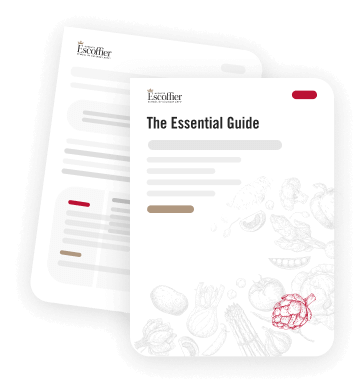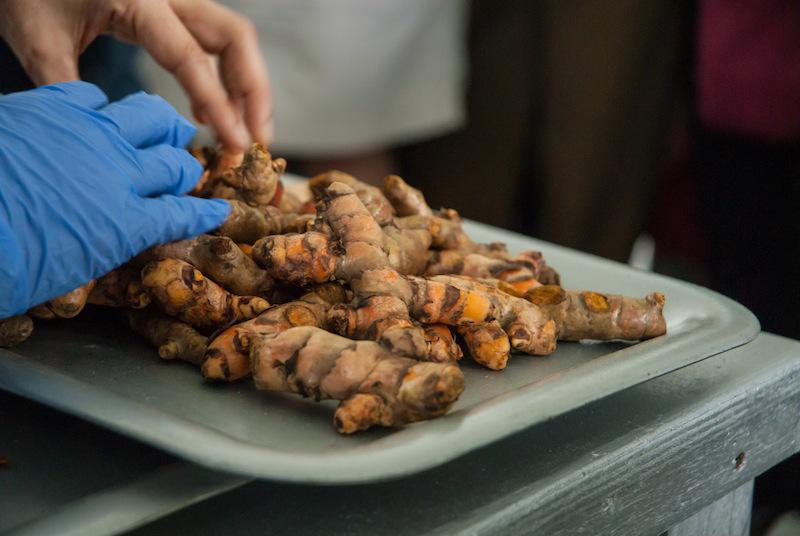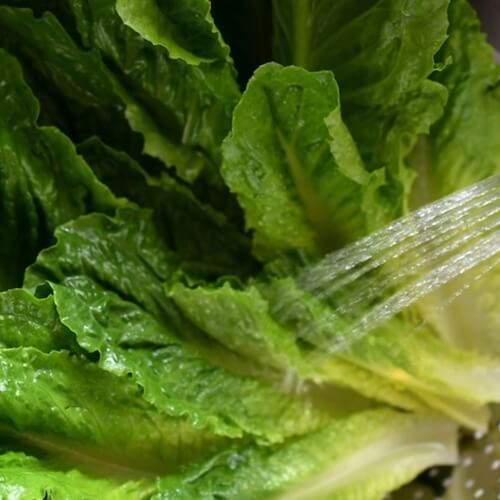Smart Ways To Prevent Cross-Contamination In Your Kitchen

Safety is vital anytime you’re cooking, and wise precautions go beyond using proper knife techniques to avoid cutting yourself. Whether you’re taking cooking courses online or just preparing meals at home, you should always be wary of cross-contamination. With the right measures, you can prevent the movement of bacteria from one item to another through direct contact.
Dangerous bacteria can dwell in a wide array of foods, including meat, poultry, fish, eggs, unpasteurized dairy products and fresh produce. If you’re not careful about how you handle and prepare these items, either you or someone enjoying the meal you’ve prepared could suffer from foodborne illnesses caused by bacteria like salmonella or e. Coli. According to National Institutes of Health, children, pregnant women, older adults and people with weak immune systems are especially susceptible to severe symptoms or complications from foodborne illness.
For everyone’s well-being, take careful steps to keep the kitchen safe:
Separate raw items
“Keep potential sources of bacteria away from other food.”
One of the most basic things you can do to ward off cross-contamination is keep potential sources of bacteria away from other food. When storing raw meat, poultry or seafood, place it in a sealed container or plastic bag. Otherwise, juices might escape, carrying bacteria to the other items in the refrigerator.
It’s also a good idea to maintain separation during the preparation and cooking processes. For instance, Cook’s Illustrated recommended placing salt and pepper in a bowl you can easily reach into for seasoning so you don’t have to touch a shaker after handling raw meat. If you need to set an uncooked item on a platter or scale, cover it with plastic wrap first.
Wash your hands frequently
Proper hygiene is an essential line of defense against cross-contamination. Routine handwashing after working with raw poultry, meat or seafood goes a long way to head off the spread of bacteria. If you’re wearing gloves, be sure to change them out immediately when you go from working with those items to the next phase of cooking.
Thoroughly clean all surfaces
Keeping the kitchen thoroughly sanitized is another important part of a food safety routine. Bacteria can get around in a busy work area, so you should frequently clean up counters, utensils and other surfaces with hot, soapy water, especially if there’s a spill – don’t wait until the end of the day. In turn, the washcloths you use should be cleaned in a washing machine’s hot cycle.
Keep in mind that bacteria can often be spread by items people think of safe and frequently eat raw, such as salad ingredients. In many cases, foodborne illness results because those foods came in contact with a surface that was not properly sanitized.
 With the right handling practices, you can prevent cross-contamination.
With the right handling practices, you can prevent cross-contamination.Take extra care with knives and cutting boards
Perhaps the worst culprits in cross-contamination are knives and cutting boards, as The Spruce pointed out. After all, you have to cut up a wide variety of items in the course of preparing meals, from veggies to meat. When you’re busily constructing a dish, it can be easy to forget what last touched a knife or board, and that’s why it’s so important to stay mindful.
A good practice is to have multiple cutting boards and knives at the ready for different tasks. Some professional kitchens have entirely different sets of equipment and utensils on hand for seafood, beef, poultry and vegetables. At the very least, you should be ready to change or wash your tools throughout the cooking process.
Students in culinary academy learn an array of smart techniques for food safety. Paying close attention to risks for cross-contamination is one of the best ways you can stop foodborne illness before it happens.



